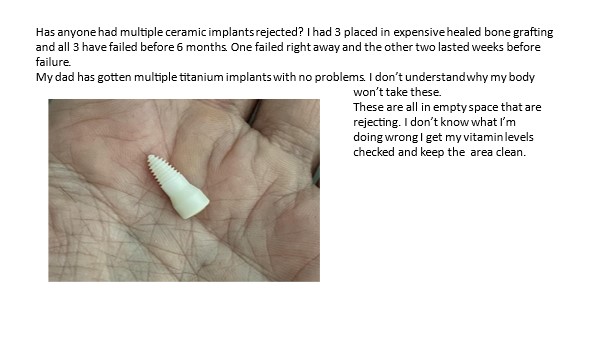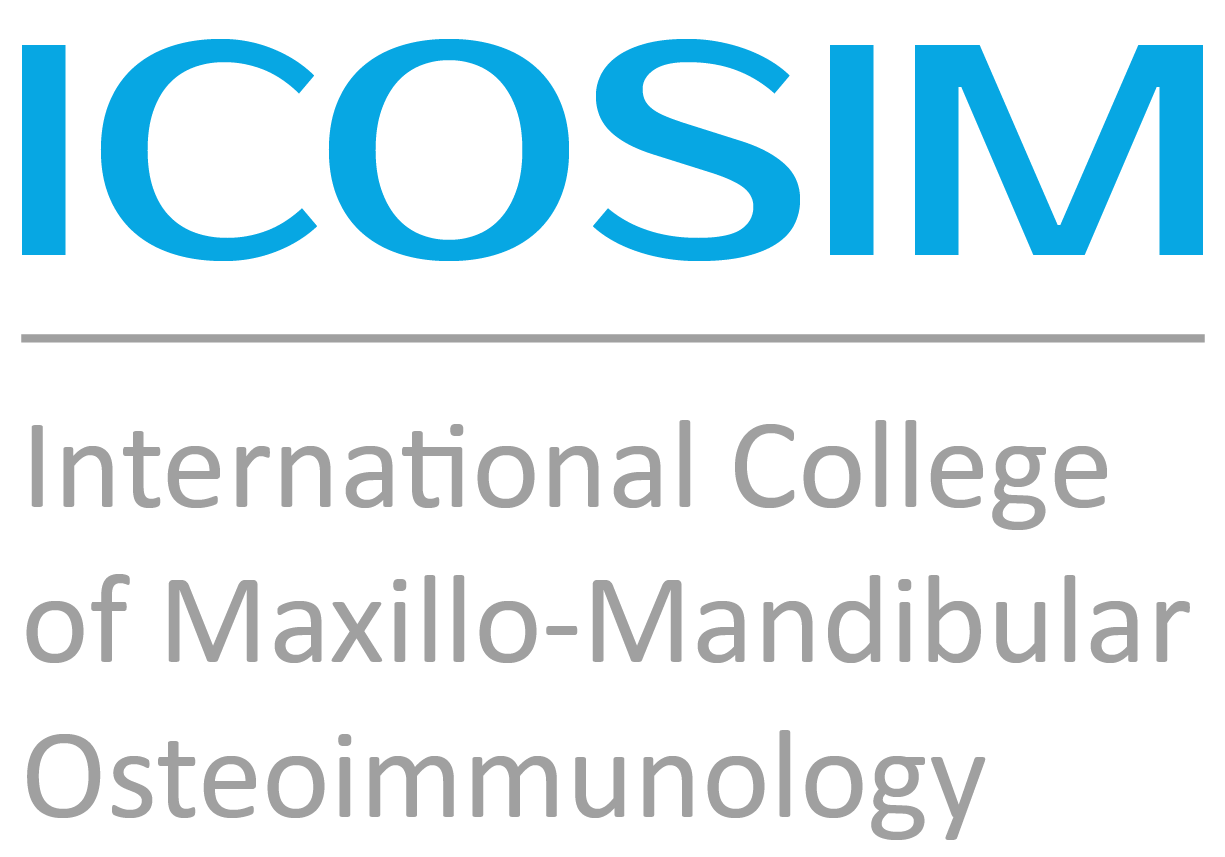Dear friends of ICOSIM and
jawbone osteoimmunology,
In this weekly, I present a case study of a patient that documents the need to use a device for measuring bone density in augmentations:
good immune system. My D3 level (87 ng/ml) and other nutrients are very well
present according to blood count.
Therefore, it is unclear why the implant did not hold.“
My answer 1:
a) To your case:
The colleague works with his bone augmentations – like many other dentists – without knowing whether this artificial attempt was successful, because he has no device to determine the bone density of his augmentation so firmly that the inserted implants now hold or not.
With an ultrasound sonography, performable with a CaviTAU® device, he could have checked that and the implant would not have fallen out after loading (by the way, you are not an isolated case; the internet is full of such complaints).
Answer patient: „In addition, I am still looking for the right way (implant and bone augmentation including material) and a specialist whom I can trust in this regard. My mother (81 years) got very many implants (no SDS) inserted within one year. She has been physically and mentally very bad since then. Meanwhile, there are expert opinions on her and she was advised to make claims for damages against this dentist.“
My answer 2:
b) The problem lies in the constant x-raying and trusting that x-rays reliably show the bone density in the jaw.
BEFORE the implantation – then implants are inserted in not well healed jaws and the patient suffers from reactivated old inflammations (case of your mother).
BEFORE the implantation in bone augmentation – then the dentist does not know whether this augmentation has already healed so firmly that the implant holds (your case).
c) To determine the bone or augmentation density in case a) and b), there is the possibility to use the – radiation-free (there is also a radiation protection law for dentists) – ultrasound sonography with the help of CaviTAU® to avoid cases a) and b) in the interest of patient protection.
Unfortunately, the above-mentioned patient is not an isolated case, as the internet in the USA shows:

Please think of the valuable application of a CaviTAU®-device for augmentations in volume IV, chapter 4.5: TAU for bone augmentation.
You can download a new flyer with information and ordering options here: :
New flyer for information and order here for DOWNLOAD
You can also find the volumes directly in our ICOSIM SHOP:
I look forward to your numerous feedbacks on this completely unresolved problem in the entire implantation surgery.
With best ICOSIM regards
Your Hans Lechner




